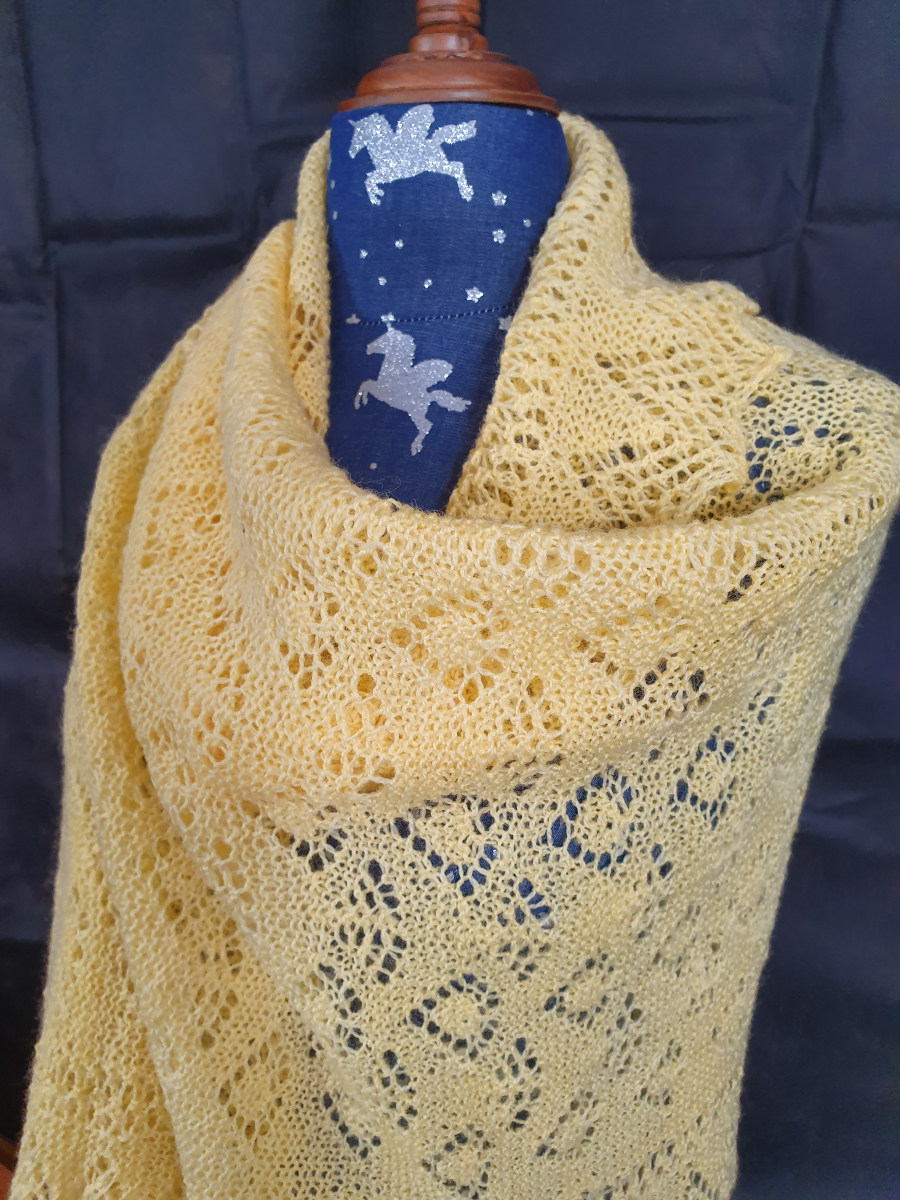Customising Baby Knitting Patterns
Quick Links
- Archived - Ask a Knitting Question
- Basic Knitting Stitches
- Beginner Knitting Patterns
- Knitting Abbreviations
- Needle Sizes Chart
- Tension Squares
- Yarn Comparison Chart
FYI: This site receives a small amount in commissions from affiliate links and third-party advertising.
When I am customising baby knitting patterns, I use the basic pattern and change the knitting stitch patterns to create my own unique jumper, and it is not that hard to do.
Often I will customise a knitting pattern when I really like the basic shape and style of a garment, but do not want to knit the same jumper over and over again. So I will use the pattern but change the stitch pattern or patterns to create a new look.
Would you like to find out how to do it?
Check out This Example of the Customisation Process
I have a great pattern for a square neck Aran jumper for 6- to 12-month-old babies. I like the shape and basic style of the jumper, but I really dislike knitting the same garment more than once so every time I use this pattern I change it!
The pattern I use is a Patons pattern that I have had in my pattern collection for at least twenty years. It consists of three main Aran panels on a reverse stocking stitch background and it is quite beautiful when it is knitted.
As it is a pattern for an Aran, I don't need to make any adjustments to the number of stitches to accommodate the narrower width of Aran stitch patterns.
Really all I need to do is to sort through my books to find knitting stitch patterns that I would like to use for a new jumper.
I usually pick knitting stitch patterns that are quite narrow for a baby pattern. Although you tend to use a finer ply for baby knitting, you still don't want your individual designs to over-power the garment.
Then you have to work out the placement of your knitting stitch patterns across the garment pieces. To do this, you can use graph paper or a spreadsheet program. You mark out the total number of stitches for each piece in your garment and then work out how you want your individual stitch patterns (in this case my cable and panel stitch patterns) to fit onto your knitted pieces.
For mine there are 87 stitches for the front and back and 44 stitches for the sleeves - and then you just play with the patterns to find the best arrangement for your garment.
For Arans, you generally have one reasonably wide pattern in the center with one or two smaller panels on either side. I usually try to have a combination of Aran patterns that fits within the width of the garment after the armhole shaping with the remaining or left over stitches being in reverse stocking stitch to make the armhole shaping easier. So I mark my graph paper with the number of stitches after shaping as well.
For this particular pattern, there are 66 stitches after the armhole shaping is finished so I try to keep the total number of stitches in my panels less than 66.
An Example Of Customising Baby Knitting Patterns
Below you will find a photo of results of my most recent efforts at customising baby knitting patterns - a baby's square neck Aran jumper that I have just finished using this method.
© Knitting Naturally - Customised Baby Sweater Pattern
The center panel is an open lattice pattern knitted over 22 stitches, and on each side of the center panel I added a 6 stitch cable with 2 stitches of reverse stocking stitch on either side and a 10 stitch moss stitch pattern. I also added a twisted stitch between each panel.
For the sleeves, I placed the 6 stitch cable in the centre and added the moss stitch panel on either side.
Each one of the jumper looks totally different, they are unique and illustrate the kind of effects you can achieve from customising baby knitting patterns.
Couldn't Find What You Were Looking for?
Try searching the site using the search box below:


Recent Articles
-
Shetland Knitting and Shetland Knitters
Feb 07, 21 07:44 AM
Shetland knitting and the women in the Shetland Isle who create Shetland lace are among the best knitters in the world. -
Fixing Knitting Mistakes
Jan 28, 21 02:35 AM
When you are learning how to knit, you are going to make a few mistakes. It might not make you happy but fixing knitting mistakes is par for the course. -
Shetland Lace Knitting
Dec 11, 19 07:03 PM
Shetland Lace Knitting is a particular style of knitting that developed in the Shetland Islands and was one of the main exports of the Island early in the last century.
 >
>







